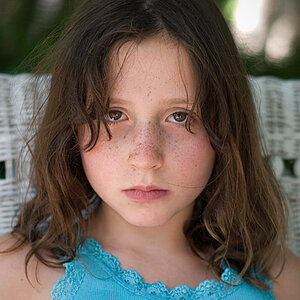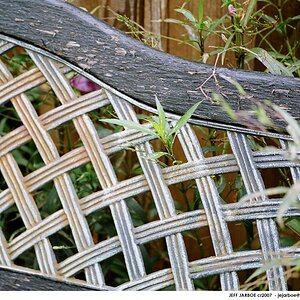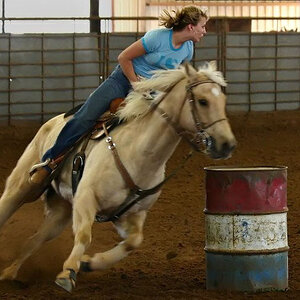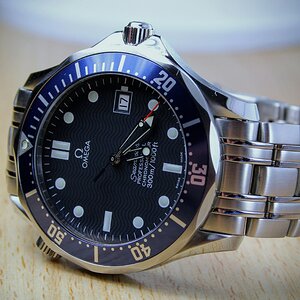seward93
TPF Noob!
- Joined
- Feb 17, 2009
- Messages
- 145
- Reaction score
- 0
- Location
- St John's, NL
- Can others edit my Photos
- Photos OK to edit
Ok, so I am just getting into photography and I want to ask a few questons.
Can someone give me the details on ISO? I read this but I am still a little confused.
Also, what is this "f/3.5-5.6" in different lens decriptions?
Last question is about lenses themself. I don't understand what the 2 numbers are (ex. XX-YYmm, 118-155mm) Could someone explain these?
Thanks for the help in advance
Can someone give me the details on ISO? I read this but I am still a little confused.
Also, what is this "f/3.5-5.6" in different lens decriptions?
Last question is about lenses themself. I don't understand what the 2 numbers are (ex. XX-YYmm, 118-155mm) Could someone explain these?
Thanks for the help in advance



![[No title]](/data/xfmg/thumbnail/31/31097-95606cf1bf0ecc862078bc333f20d4f7.jpg?1619734614)
![[No title]](/data/xfmg/thumbnail/42/42326-1e75ade9716f7e863d85def8d13cf591.jpg?1619740127)
![[No title]](/data/xfmg/thumbnail/37/37605-90c8efaef5b7d1f52d4bf8e7dfd33673.jpg?1619738148)
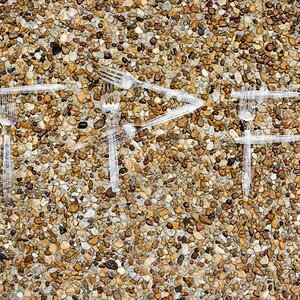
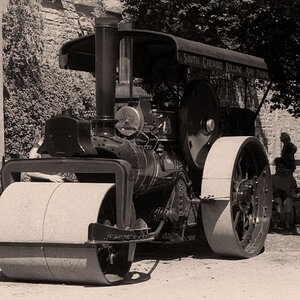
![[No title]](/data/xfmg/thumbnail/42/42397-30faa170de7ed9be38adf00b9b26a220.jpg?1619740167)
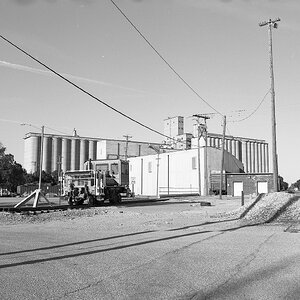
![[No title]](/data/xfmg/thumbnail/41/41490-6af71315284539e04ae1878cda0d613f.jpg?1619739818)
